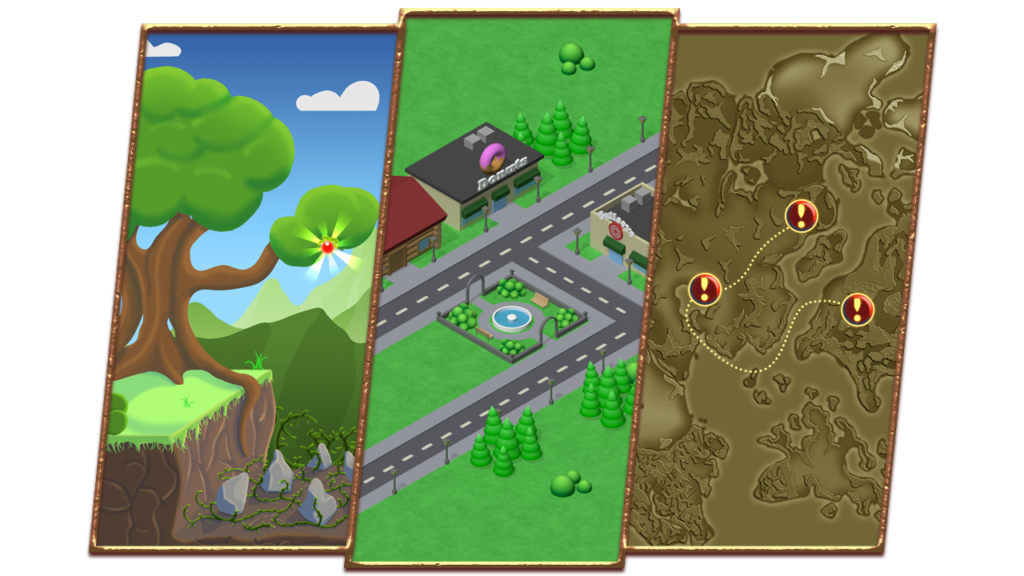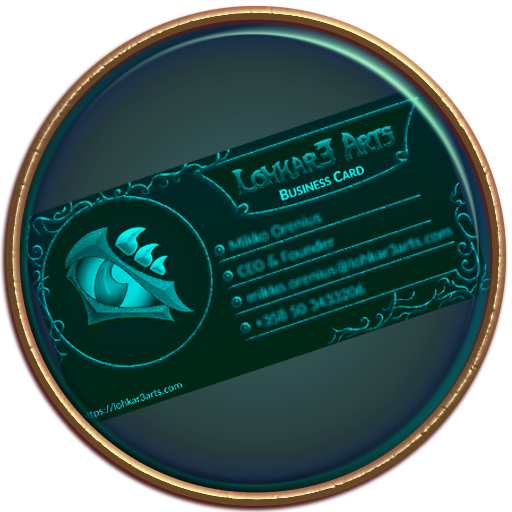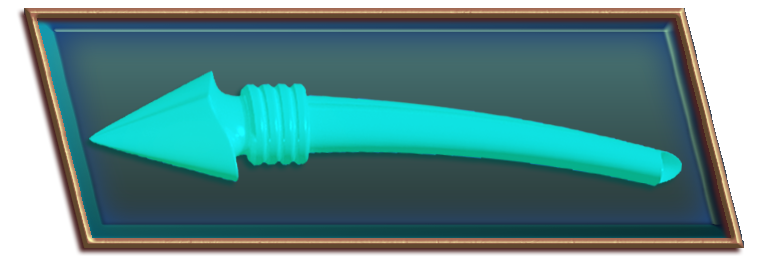2D Environments
Notification: This page is under construction, all elements might not be present or functional!


What are 2D Environments?

2D environment assets generally define the perspective for the observer and act as atmosphere provider for the final product’s surroundings. Defining two-dimensional environment for a project also works as a foundational direction for all the other assets that will be developed for the project. Also various abstract views and perspectives are naturally possible to produce with 2D environments simply by just changing some settings.Often even many 3D products utilizes 2D environment assets especially with the maps.
Foregrounds and Backgrounds

Traditionally foreground is the basis of every platformer where the game characters can navigate. Combining foreground with visually different background forms a visually fixed point for the observer, which can be used for the navigation possibilities in the surroundings.
Isometric Perspective

Isometric can be also expressed with a term ’identical measure’ which means a view where there is no perspective for a distance. Perceiving the distance or depth can be generated by creating additional shading to objects and this automatically generates the overall view into naturally abstract.
Top-Down Perspective

This perspective is one of the defaults when the objective is to visualize terrains in the most simple and accurate way, which is also the reason why the top-down perspective is often used for maps and for blueprints. However in many game products this perspective works excellent as is and it can be used to generate large surrounding navigations regardless of what the horizont should be.
Parallax Scrolling

Using the parallax scrolling can be created to visualize different depth perceiving when inspecting the view constantly from a single direction. In short placing layers or planes to the surrounding that represent more distant areas and once the viewport starts to shift, these planes that are representing the distance shift in slower pace compared to the closer planes. Fundamentals of this type production is almost always the same, even though the execution methods would be extensively different, depending from where the observation point would be.


Are you interested about this topic?


